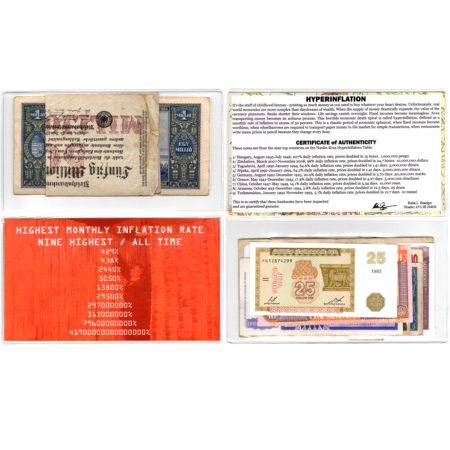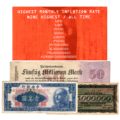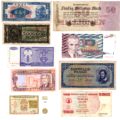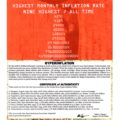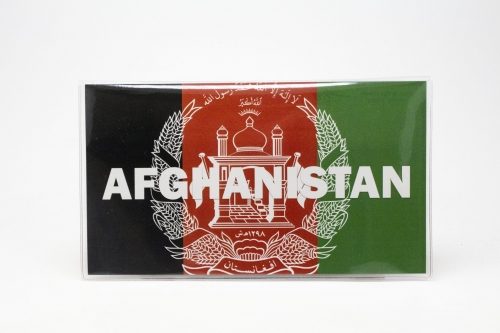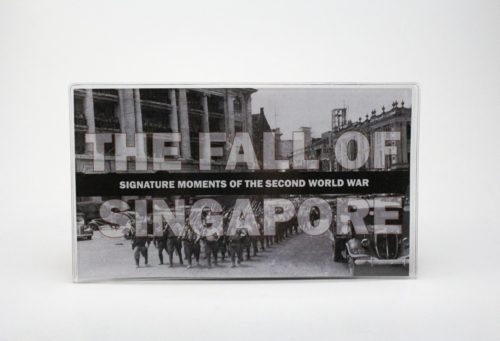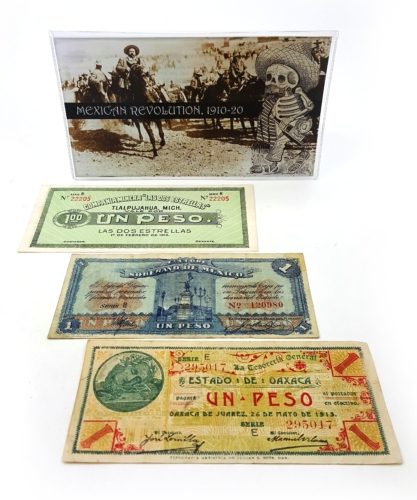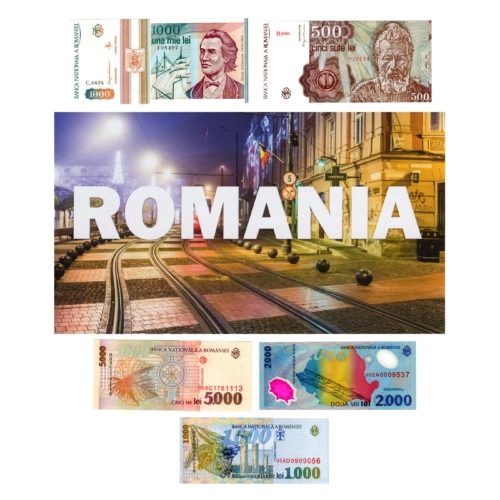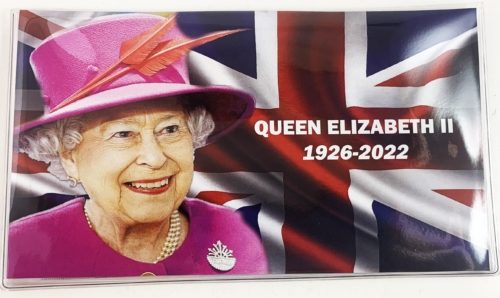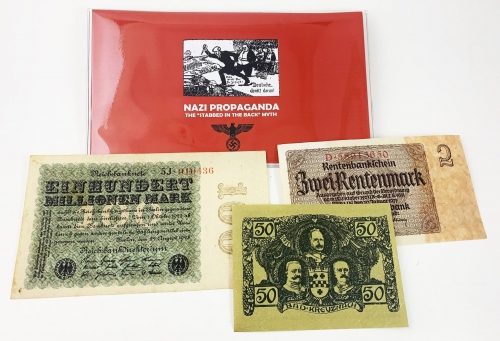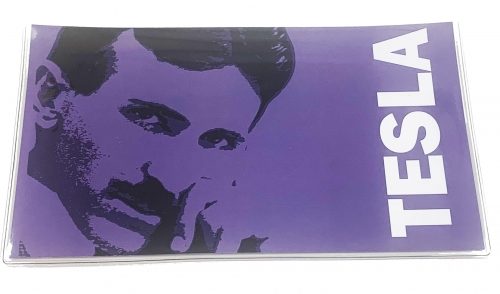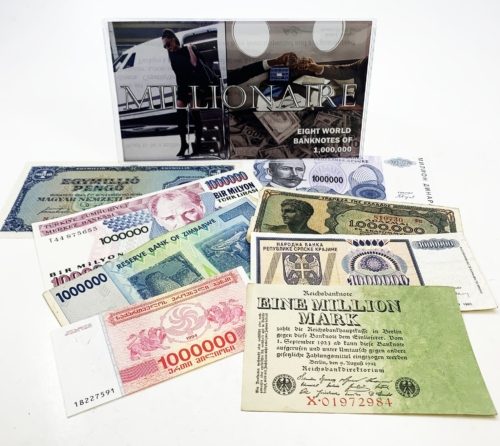Description
Hyperinflation. It’s the stuff of childhood fantasy—printing as much money as you need to buy whatever your heart desires. Unfortunately, real world economics are more complex than daydreams of wealth. When the supply of money drastically expands, the value of the currency plummets. Banks shutter their windows. Life savings vanish overnight. Fixed incomes become meaningless. Even transporting money becomes an arduous process. In Germany in 1923, wheelbarrows were used to carry the necessary banknotes to the store to buy a loaf of bread. In Argentina in 1989, currency was used to paper the walls, because it was cheaper to procure than actual wallpaper.–This horrible economic death spiral is called Hyperinflation, defined as a monthly rate of inflation in excess of 50 percent. This is a chaotic period of economic upheaval, when fixed incomes become worthless, when wheelbarrows are required to transport paper money to the market for simple transactions, when restaurants write menu prices in pencil because they change every hour.–This set includes seven banknotes in extremely high denominations—a Turkish 1,000,000 lira, an Argentinian 1,000,000 pesos, and a Croatian 50,000,000,000 dinara—as well as notes from the four most severe cases of hyperinflation in modern history: a Weimar 50 million mark (1924), a 500,000,000,000 dinara from Yugoslavia (1993), a Zimbabwe $1,000,000,000 (2008), and a 1,000,000,000 milpengo from Hungary, issued in 1946, when the record Hyperinflation was 195% per day. Some of these notes are uncirculated, because they were useless even as they were printed; others, like the Argentina, are well worn, and sometimes used as scratch paper.

